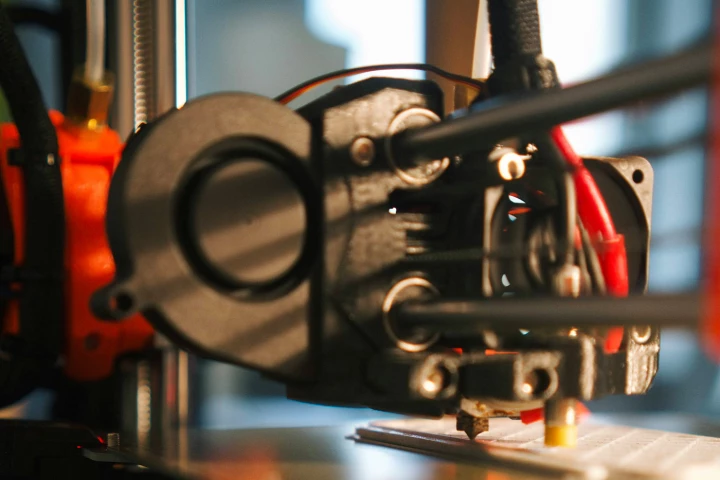Circuit
-
Researchers at MIT have unexpectedly stumbled upon a way to 3D print active electronics – meaning transistors and components for controlling electrical signals – without the use of semiconductors or even special fabrication technology.
-
Looking to tackle a significant part of our huge e-waste problem, Jiva has developed a PCB substrate that breaks down in water for easier recovery of materials. The startup is now partnering with manufacturers to demo and evaluate the Soluboards.
-
Water is usually something you’d want to keep away from electronic circuits, but engineers in Germany have now developed a new concept for water-based switches that are much faster than current semiconductor materials.
-
Limiting the expansion, and ultimate ubiquity, of the Internet of Things has been the cost, power and size of the enabling electronics – all things that have been addressed by a new fabrication method for tiny, thin-film electronic circuits.
-
Researchers have developed a self-healing material that could help machines repair themselves – even after “extreme mechanical damage.” Not only does the material make physical repairs, but in doing so it can restore severed electrical connections.
-
Learning about electronics from a book might seem like a step backward in a world of instructional videos and snap together kits. But Paris-based startup Papier Machine doesn't think that at all, launching the first in a series of paper books containing circuit-building projects on Kickstarter.
-
German startup Next Dynamics has unveiled the NexD1, a multi-color, multi-material 3D printer for the home that can use a conductive resin to create custom electronic circuit boards.
-
A nano-spacecraft made from a silicon chip could make the journey to Alpha Centauri in just 20 years. The problem is, such a "space-chip" wouldn’t survive the intense radiation and temperature of space, so a NASA and KAIST team is developing a method for helping the chip heal itself on the fly.
-
The latest startup to join the electronics edutainment crowd is Mad Tatu with a circuit building system that rises up from the table top for 3D projects that look like a crazy plumber has turned his hand to teaching.
-
The scientists behind the latest flexible electronics that can be worn on the skin like a tattoo claim to have developed the world's fastest stretchable circuit, providing what they see as a platform for the forthcoming era of blazing-fast 5G communications.
-
The more circuits and connectors flex, the higher the likelihood they'll break. While we've seen self-healing chips, gels and microcapsules before, a new material out of Pennsylvania State University brings auto-repair to dielectrics – the materials that insulate electric currents.
-
Using a phenomenon dubbed "Teslaphoresis," researchers have made carbon nanotubes self-assemble to form a circuit linking two LEDs and then used the energy from that same field to power them
Load More











